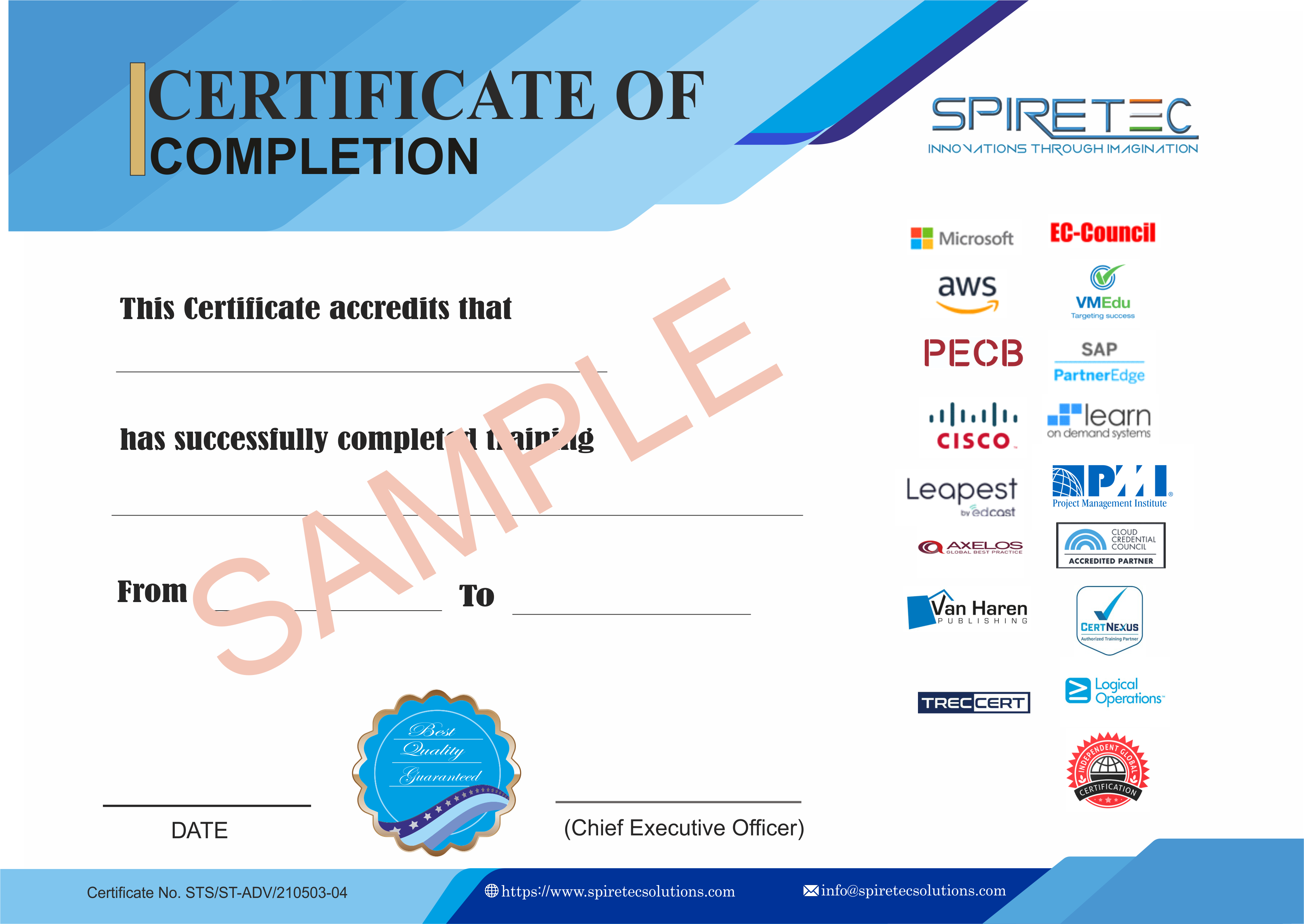This course provides students with the fundamental knowledge and skills to use PowerShell for administering and automating administration of Windows servers. This course provides students the skills to identify and build the command they require to perform a specific task. In addition, students learn how to build scripts to accomplish advanced tasks such as automating repetitive tasks and generating reports. This course provides prerequisite skills supporting a broad range of Microsoft products, including Windows Server, Windows Client, Microsoft Azure, and Microsoft 365. In keeping with that goal, this course will not focus on any one of those products, although Windows Server, which is the common platform for all of those products, will serve as the example for the techniques this course teaches.
Audience Profile:
This course is designed for IT professionals who are experienced in Windows Server, Windows client, Azure, and Microsoft 365 administration and want to deepen their knowledge of using Windows PowerShell for administrative tasks. No prior experience with PowerShell or scripting is required. It is also suitable for those managing Microsoft Exchange Server, SharePoint Server, and SQL Server.
At Course Completion:
After completing this course, students will be able to:
-
Understand Windows PowerShell functionality and use it to run and find basic commands.
-
Identify and execute cmdlets for local system administration.
-
Work with the PowerShell pipeline.
-
Use PSProviders and PSDrives to manage various storage forms.
-
Query system information with WMI and CIM.
-
Work with variables, arrays, and hash tables.
-
Create basic PowerShell scripts.
-
Administer remote systems via PowerShell.
-
Manage Azure resources and Microsoft 365 services using PowerShell.
-
Use background and scheduled jobs.
Prerequisites:
-
Experience with Windows networking technologies and their implementation.
-
Experience with Windows Server administration, maintenance, and troubleshooting.
Course Outline:
Module 1: Getting Started with Windows PowerShell
This module introduces Windows PowerShell and provides an overview of its functionality. It explains how to open, configure, run commands, and use the built-in Help system.
Lessons:
-
Windows PowerShell overview
-
Understanding PowerShell command syntax
-
Finding commands and getting help
Lab:
Outcomes:
-
Describe PowerShell features, configure, and run commands.
-
Find PowerShell commands for specific tasks.
Module 2: Windows PowerShell for Local Systems Administration
This module covers cmdlets commonly used for system administration, including managing Windows 10 with PowerShell.
Lessons:
-
AD DS administration cmdlets
-
Network configuration cmdlets
-
Server administration cmdlets
-
PowerShell in Windows 10
Lab:
Outcomes:
-
Use cmdlets for AD DS, network, and server administration.
-
Manage Windows 10 using PowerShell.
Module 3: Working with the Windows PowerShell Pipeline
This module introduces the pipeline feature in PowerShell, enabling effective and flexible data manipulation.
Lessons:
-
Pipeline basics
-
Selecting, sorting, and measuring objects
-
Filtering objects
-
Enumerating pipeline objects
Lab:
-
Selecting, sorting, and displaying data
-
Filtering and converting objects
Outcomes:
Module 4: Using PSProviders and PSDrives
This module introduces PSProviders and PSDrives, which allow you to manage various storage types using file system-like commands.
Lessons:
-
Using PSProviders
-
Using PSDrives
Lab:
Outcomes:
Module 5: Querying Management Information Using CIM and WMI
This module explains how to use WMI and CIM to query and manage system information.
Lessons:
-
Understanding CIM and WMI
-
Querying data with CIM and WMI
-
Making changes with CIM and WMI
Lab:
Outcomes:
Module 6: Working with Variables, Arrays, and Hash Tables
This module covers variables, arrays, and hash tables in PowerShell scripts.
Lessons:
Lab:
Outcomes:
Module 7: Windows PowerShell Scripting
This module focuses on scripting in PowerShell, covering constructs, importing data, and error handling.
Lessons:
Lab:
-
Processing arrays and CSV files
-
Querying disk information
-
Using alternate credentials
Outcomes:
Module 8: Administering Remote Computers with PowerShell
This module covers PowerShell remoting techniques for administering remote systems.
Lessons:
Lab:
Outcomes:
Module 9: Managing Azure Resources with PowerShell
This module introduces using PowerShell to manage Azure resources like VMs and storage accounts.
Lessons:
Lab:
-
Installing Az module
-
Using Azure Cloud Shell
-
Managing Azure resources
Outcomes:
Module 10: Managing Microsoft 365 Services with PowerShell
This module covers using PowerShell for managing Microsoft 365 user accounts, licenses, Exchange Online, and SharePoint.
Lessons:
-
Managing Microsoft 365 accounts, licenses, and groups
-
Managing Exchange, SharePoint, and Teams with PowerShell
Lab:
-
Managing Azure AD users and groups
-
Managing Exchange, SharePoint, and Teams
Outcomes:
Module 11: Using Background Jobs and Scheduled Jobs
This module explains how to create and manage background and scheduled jobs in PowerShell.
Lessons:
-
Using background jobs
-
Using scheduled jobs
Lab:
Outcomes:







 Live Online Training (Duration : 40 Hours)
Live Online Training (Duration : 40 Hours)
